The quest for healthier baking alternatives has led many home bakers and food manufacturers to explore olive oil as a butter substitute in cookies. While traditional recipes rely on butter for richness and texture, olive oil offers a unique set of advantages—both nutritional and sensory—that can elevate the humble cookie to new heights. The key lies in understanding the precise ratios and techniques required to achieve a balanced flavor profile and desirable mouthfeel.
Olive oil, particularly extra virgin varieties, brings a distinct fruitiness and complexity to baked goods that butter simply cannot replicate. However, its liquid state and pronounced flavor require careful consideration during recipe adaptation. Bakers must account for the absence of solid fats, which normally contribute to the tender crumb structure in butter-based cookies. The solution often involves a combination of adjusted mixing methods and complementary ingredients to mimic the textural qualities of traditional recipes.
The science behind fat substitution in baking reveals why olive oil behaves differently than butter. Butter contains about 15-20% water, while olive oil is 100% fat. This moisture difference significantly impacts dough hydration and gluten development. When using olive oil, many recipes benefit from a slight reduction in other liquid ingredients or a small increase in binding agents like eggs or ground nuts. The polyphenols in high-quality olive oil actually help extend shelf life by acting as natural antioxidants, though they may slightly alter the browning process during baking.
Texture optimization requires particular attention when formulating olive oil cookie recipes. Without the crystalline structure of solid fats, cookies tend to spread more during baking. This can be mitigated through several approaches: chilling the dough before baking, incorporating ingredients like oat flour or almond meal that absorb excess oil, or using a blend of olive oil with a small amount of coconut oil for structural support. The result should be a cookie with satisfying crispness at the edges and a pleasantly chewy center—achieving what professional bakers call "textural contrast."
Flavor pairing becomes crucial when working with olive oil's distinctive taste profile. While mild olive oils work well for delicate shortbread-style cookies, more robust varieties can stand up to bold mix-ins like dark chocolate, citrus zest, or aromatic spices. Some innovative bakers actually highlight the oil's peppery notes by pairing them with ingredients that create flavor tension—think rosemary and honey or black pepper and vanilla. The goal isn't to mask the olive oil but rather to create harmonious flavor combinations where it plays a starring role rather than serving as a silent background player.
Professional test kitchens have developed reliable starting ratios for butter-to-olive-oil conversion, typically suggesting 3/4 cup olive oil for every cup of butter in standard recipes. However, this baseline requires adjustment based on specific cookie types. Drop cookies generally tolerate the substitution well, while rolled or stamped cookies may need formula modifications to maintain their shape. The oil's temperature also matters significantly—using room temperature olive oil rather than chilled helps ensure proper emulsification with other ingredients.
The sensory evaluation of olive oil cookies reveals interesting consumer preferences. Blind taste tests show that while some tasters immediately notice the difference from traditional butter cookies, many actually prefer the more complex flavor profile of olive oil versions once they overcome initial expectations. The mouthfeel differs noticeably—olive oil tends to create a cleaner, less waxy sensation on the palate while providing a similarly satisfying richness. This makes olive oil cookies particularly appealing when served with beverages, as they don't coat the mouth as heavily as their butter-laden counterparts.
Advanced techniques from professional bakers can further refine olive oil cookie recipes. Some pastry chefs employ a method called "oil powdering," where a portion of the olive oil is absorbed into starch or freeze-dried fruit powders before incorporation. This helps control spread while maintaining moisture. Others use olive oil in conjunction with alternative sweeteners like maple syrup or agave, which complement its flavor while contributing to a softer texture. The most successful recipes often balance the olive oil with a small amount of dairy—such as yogurt or cream cheese—to round out the flavor profile without relying on butter.
Storage considerations differ for olive oil cookies compared to traditional varieties. While butter-based cookies often stale quickly due to moisture migration, olive oil versions tend to maintain their texture better over time. However, their higher unsaturated fat content makes them more susceptible to oxidation. Proper storage in airtight containers with oxygen absorbers can extend freshness while preserving the oil's nuanced flavors. Some bakers even recommend briefly warming olive oil cookies before serving to release aromatic compounds that might have diminished during storage.
The nutritional advantages of olive oil cookies deserve mention, though they shouldn't overshadow the sensory experience. Replacing butter with olive oil significantly reduces saturated fat content while providing heart-healthy monounsaturated fats and polyphenols. However, calorie content remains similar, reminding us that these are still treats best enjoyed in moderation. The true value lies in the expanded flavor possibilities and the satisfaction of creating baked goods that align with Mediterranean diet principles without sacrificing indulgence.
As consumer demand grows for plant-based and health-conscious baking options, olive oil cookies represent more than just a butter alternative—they offer a distinct culinary experience worthy of appreciation on their own merits. The most successful adaptations don't merely replicate traditional cookies but embrace the unique qualities that olive oil brings to the formula. With careful recipe development and an openness to new flavor combinations, bakers can create cookies that are simultaneously familiar and excitingly novel.
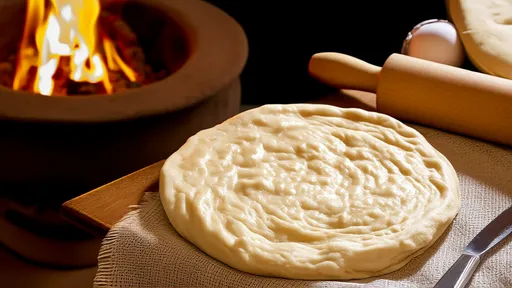
By /Jun 18, 2025
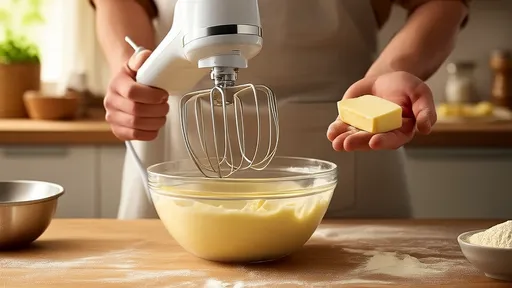
By /Jun 18, 2025
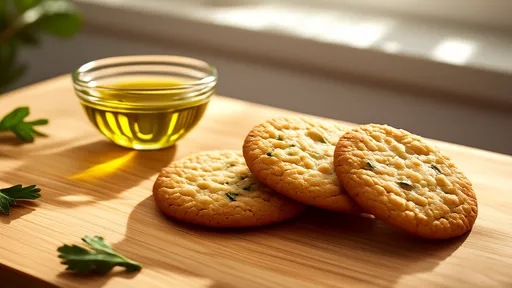
By /Jun 18, 2025
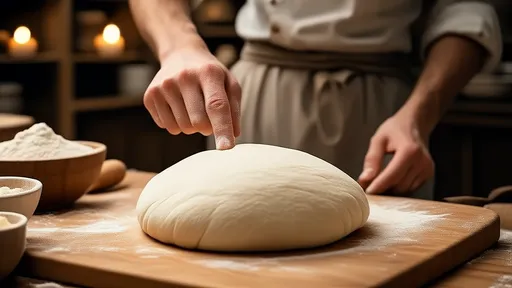
By /Jun 18, 2025
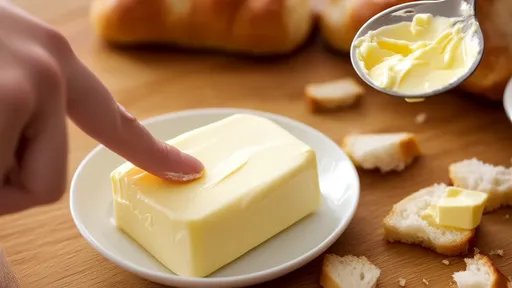
By /Jun 18, 2025

By /Jun 18, 2025
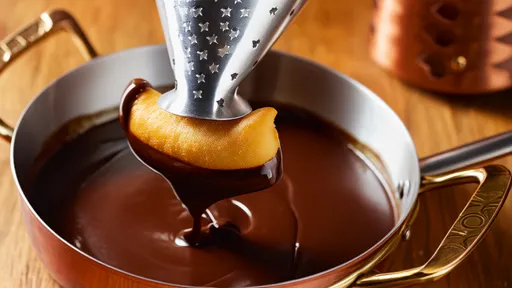
By /Jun 18, 2025
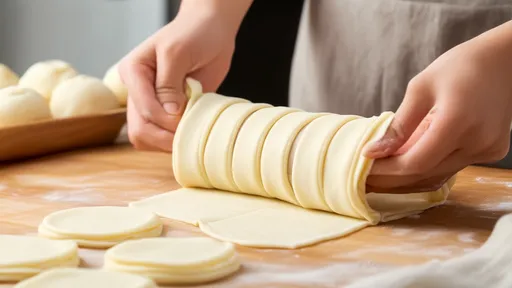
By /Jun 18, 2025
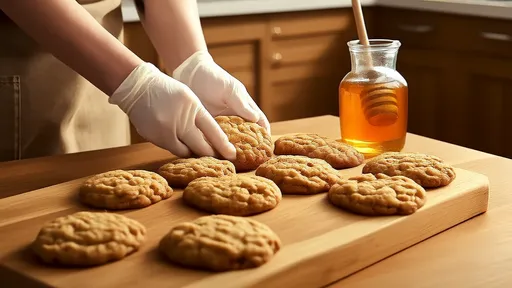
By /Jun 18, 2025
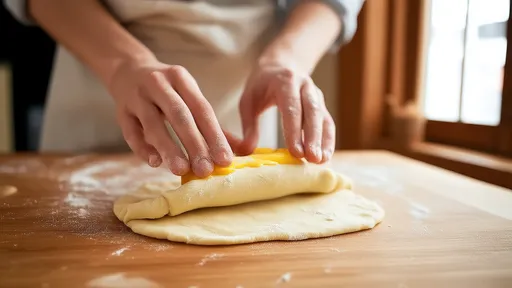
By /Jun 18, 2025
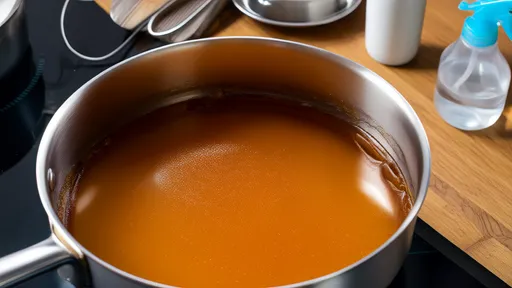
By /Jun 18, 2025
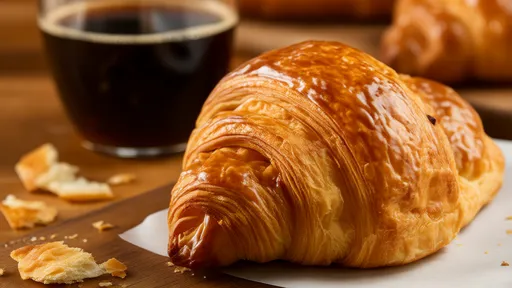
By /Jun 18, 2025
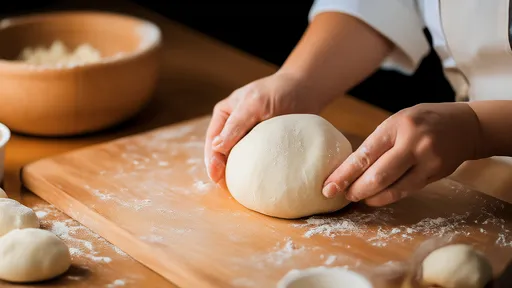
By /Jun 18, 2025
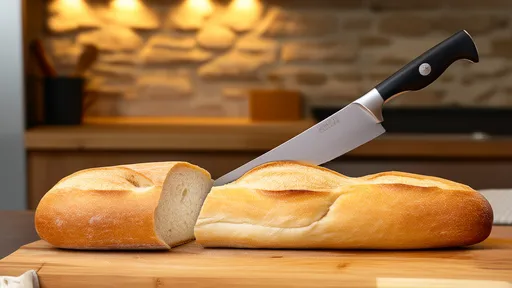
By /Jun 18, 2025
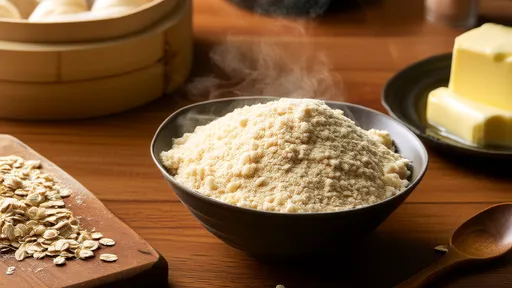
By /Jun 18, 2025

By /Jun 18, 2025
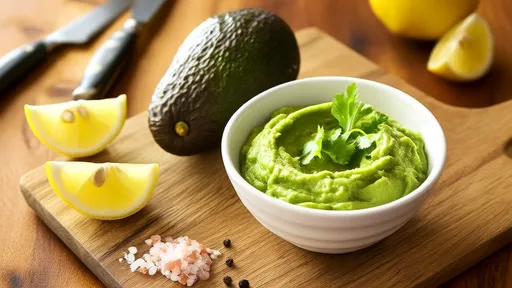
By /Jun 18, 2025